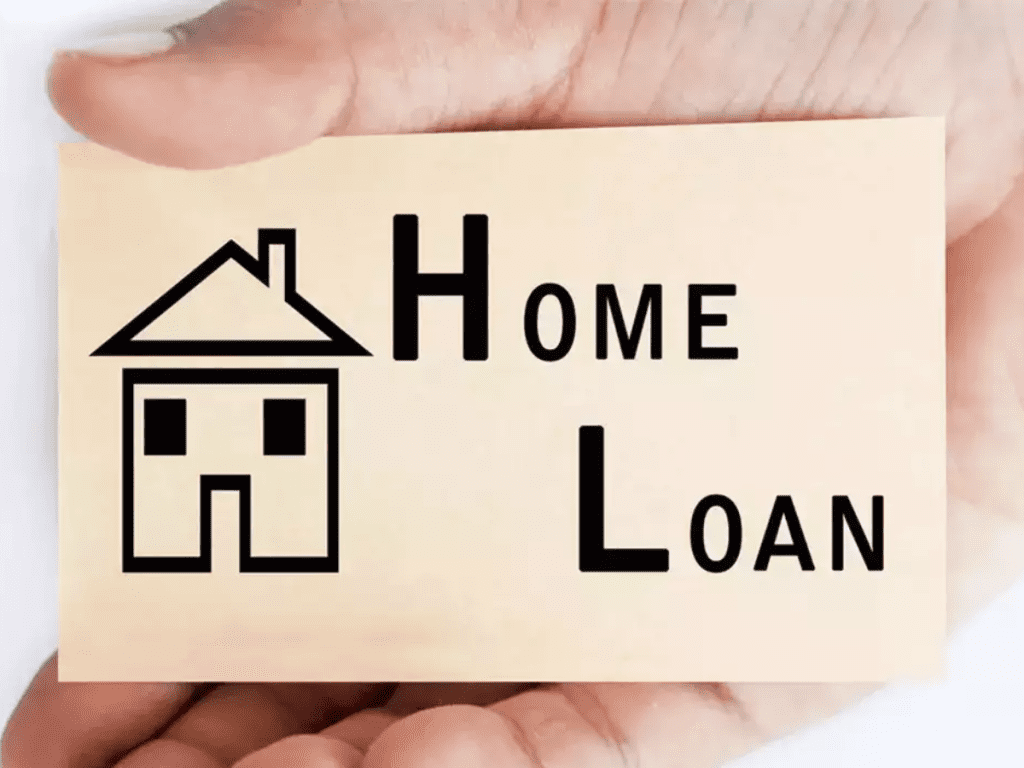Introduction
Purchasing a home is one of the most significant financial decisions many people make in their lives. With housing costs on the rise, securing a home loan that aligns with your financial goals is essential. Smart financing not only ensures you can afford your home but also helps you save money in the long term. Here’s a comprehensive guide to making the most of your home loan while keeping costs under control.
Understanding Home Loans
A home loan, also known as a mortgage, is a financial product that allows individuals to borrow money to purchase a property. The lender, typically a bank or financial institution, provides the loan amount, which the borrower repays over a set term with interest. The key components of a home loan include:
- Principal: The original loan amount borrowed.
- Interest: The cost of borrowing the money, expressed as a percentage of the loan amount.
- Loan Tenure: The duration over which the loan must be repaid.
- Monthly Payments: The regular installments made by the borrower, consisting of both principal and interest.
Tips for Saving on Your Home Loan
- Shop Around for the Best Rates
Interest rates vary across lenders, and even a small difference in the rate can lead to significant savings over the life of the loan. Compare rates from multiple banks, credit unions, and online lenders. Use online tools to calculate the potential savings for different interest rates and choose the lender offering the most competitive terms.
- Improve Your Credit Score
Your credit score plays a crucial role in determining your eligibility for a home loan and the interest rate you’ll be offered. A higher credit score can lead to better loan terms. To improve your credit score:
- Pay your bills on time.
- Reduce outstanding debt.
- Avoid applying for new credit unnecessarily.
- Regularly check your credit report for errors and dispute inaccuracies.
- Opt for a Shorter Loan Tenure
While longer loan tenures reduce monthly payments, they result in higher overall interest payments. Choosing a shorter tenure means you’ll pay off the loan faster and save on interest. Assess your financial capacity and consider opting for a tenure that balances affordability with savings.
- Make a Larger Down Payment
A higher down payment reduces the loan amount you need to borrow, directly lowering your interest payments. Additionally, it may help you qualify for a better interest rate and reduce the need for private mortgage insurance (PMI), which is often required for low down payments.
- Negotiate Loan Terms
Don’t hesitate to negotiate with lenders. Many banks are willing to offer discounts on processing fees, interest rates, or other charges to secure your business. Highlight your strong credit history, stable income, or existing relationship with the bank to strengthen your bargaining position.
- Consider Refinancing Options
If interest rates drop or your financial situation improves, consider refinancing your home loan. Refinancing involves replacing your current loan with a new one at a lower interest rate or more favorable terms. However, factor in any refinancing costs to ensure the savings outweigh the expenses.
- Choose the Right Type of Interest Rate
Home loans can have fixed or floating interest rates:
- Fixed Rate: The interest rate remains constant throughout the loan tenure, offering stability in monthly payments.
- Floating Rate: The interest rate varies based on market conditions, potentially leading to savings if rates decrease.
Assess your risk tolerance and market trends to choose the type that suits your financial goals.
- Prepay Whenever Possible
Making additional payments towards your principal can significantly reduce the overall interest and shorten your loan tenure. Check your loan agreement for prepayment penalties and calculate the potential savings before making extra payments.
- Bundle Services for Discounts
Some financial institutions offer discounts if you bundle multiple services, such as a savings account, credit card, or insurance, with your home loan. Explore these options but ensure the additional products meet your needs and don’t come with hidden costs.
- Avoid Unnecessary Loan Features
Lenders may offer additional features such as offset accounts or redraw facilities. While these can be beneficial in some cases, they often come with higher fees. Evaluate whether these features align with your financial goals before opting for them.
Preparing for a Home Loan
- Assess Your Budget
Calculate how much you can afford to borrow based on your income, expenses, and financial goals. Avoid overstretching your budget, as this can lead to financial stress.
- Build an Emergency Fund
Having a robust emergency fund ensures you can manage loan payments during unexpected financial setbacks, such as job loss or medical emergencies. Aim to save at least three to six months’ worth of expenses.
- Get Pre-Approved
Obtaining pre-approval for a home loan gives you a clear understanding of your borrowing capacity and strengthens your negotiating position when making an offer on a property. It also speeds up the loan approval process once you’ve selected a home.
- Understand All Costs
Homeownership involves more than just loan repayments. Factor in additional expenses such as property taxes, insurance, maintenance, and utility bills when budgeting for your new home.
Common Mistakes to Avoid
- Borrowing the Maximum Amount Approved
Just because a lender approves a high loan amount doesn’t mean you should borrow it. Stick to an amount that you can comfortably repay without compromising other financial goals.
- Ignoring Hidden Fees
Home loans often come with fees such as processing charges, legal costs, and appraisal fees. Understand all associated costs and factor them into your decision-making process.
- Not Reading the Fine Print
Loan agreements can be complex, with terms and conditions that may not be immediately apparent. Review the contract thoroughly and seek clarification on any unclear clauses to avoid surprises later.
- Failing to Reassess Your Loan Periodically
Market conditions and personal circumstances change over time. Regularly reassess your loan to ensure it remains competitive and aligns with your financial needs. Consider refinancing or negotiating new terms if better options are available.
The Long-Term Benefits of Smart Financing
Implementing smart financing strategies doesn’t just save you money in the short term; it also helps you achieve long-term financial stability. By reducing your loan tenure and interest payments, you free up resources for other investments or financial goals, such as retirement savings or your child’s education. Additionally, maintaining a good repayment history boosts your credit score, making it easier to access credit in the future.
Conclusion
Saving on your home loan requires careful planning, informed decision-making, and disciplined financial habits. From choosing the right lender to managing your repayments efficiently, every step plays a crucial role in minimizing costs. By taking a proactive approach and implementing the strategies outlined above, you can secure a home loan that supports your dream of homeownership without compromising your financial well-being.

